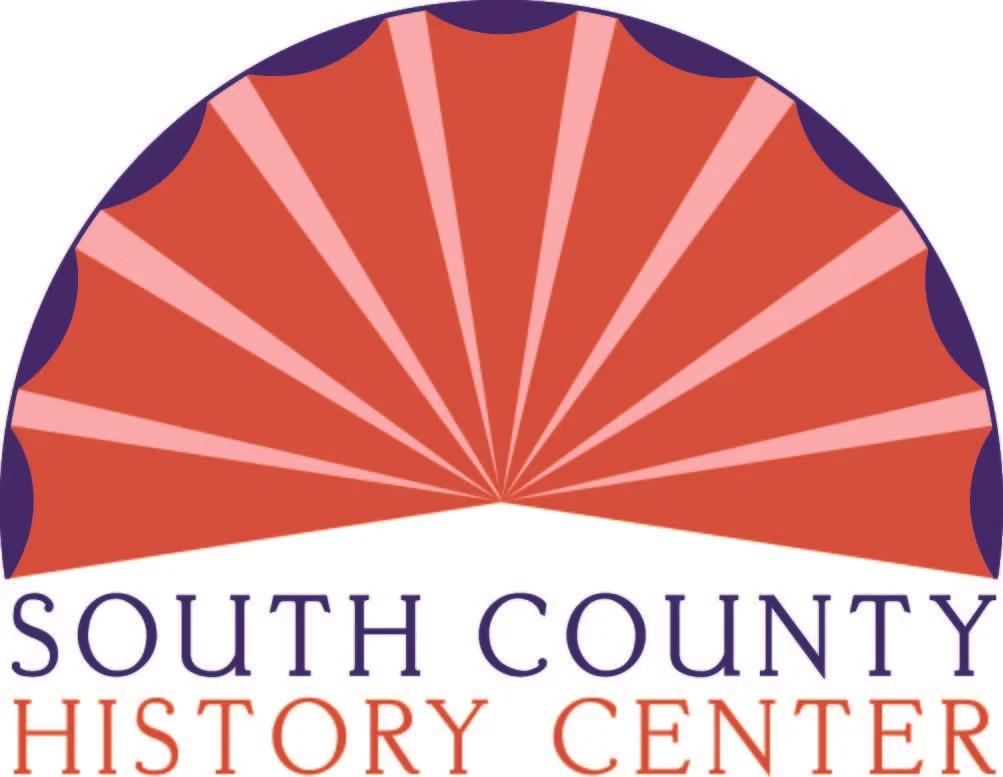An Introduction to Ernest Hamlin Baker’s 1939 Mural
The Center is pleased to present this new exhibit reinterpreting the Ernest Hamlin Baker mural, “Economic Activities in the Days of of the Narragansett Planters.” On loan by the United States Postal Service, Baker’s New Deal era mural has been displayed at the Center since 2003.
This project is made possible through major funding support from the Rhode Island Council for the Humanities. The Council seeds, supports, and strengthens public history, cultural heritage, civic education, and community engagement by and for all Rhode Islanders.
Exhibit Navigation
1: Introduction
2: Ernest Hamlin Baker
3: Great Depression & New Deal
4: Treasury Section of Fine Arts
5: Baker’s Commission & Research
6: Slavery in Southern Rhode Island
7: Baker’s Artistic Process
8: The Finished Mural
9: Wakefield Post Office
10: Why the Mural Matters
11. Share Your Thoughts
12. Further Reading
Banner Image: Baker’s mural as it appeared in LIFE Magazine, January 27, 1941
Why Reinterpret the Mural? A Note from the South County History Center
As we launch this exhibit to reinterpret the 1939 Ernest Hamlin Baker mural “Economic Activities in the Days of of the Narragansett Planters,” you might be curious as to why we decided that the mural needs a refreshed interpretation in an online format.
First, the mural is physically inaccessible to many, including those not in the area, those who are unable to visit during the Center’s limited hours of operation, and those visitors unable to climb steep, narrow (historic) stairs to view the exhibit. If one did view the mural in person, they would have seen a nearly 20-year old exhibit that does not discuss the origin and context of the painting itself and only mentioned slavery in reference to the Narragansett Planter family as having enslaved people.
We assessed the physical exhibit of the mural and found many aspects of the painting that needed further exploration – especially themes relevant to our current historical moment. We applied for funding to develop a new exhibit in 2019, and by the time we started the project with funding from the Rhode Island Council for the Humanities, it was March 2020. In the interim, the major themes of our planned reinterpretation have taken on even more potent currency. The original project plan was to create a new physical interpretation; the pandemic was among the reasons we chose to create a virtual exhibit instead.
Also made clear in the interim: many Americans, including many Rhode Islanders, don’t even know slavery existed in our region. As a nation, we are taking a closer look at how this history is represented and memorialized in public spaces and debating the meaning of these emblems of our past. There are new opportunities to engage and educate the public in this important chapter in our history – learning from each other, hopefully starting to heal the wounds of painful legacies, and understanding better how we, as a country, got to now.
We hope you, too, are interested in the story this mural has to tell, both through what it depicts and how and why it came into being.
The Mural Exhibit at the South COunty History Center in 2014, virtually unchanged since its 2003 installation. The exhibit was deinstalled in 2019.
Video: Rhode Island Council for the Humanities Funding Announcement
Check out this video produced by the Center to announce the Council’s funding of the exhibit, originally planned as a physical on-site exhibit.


